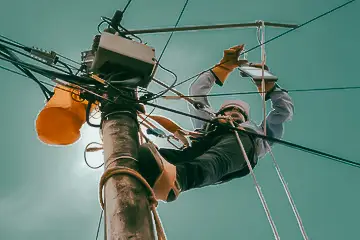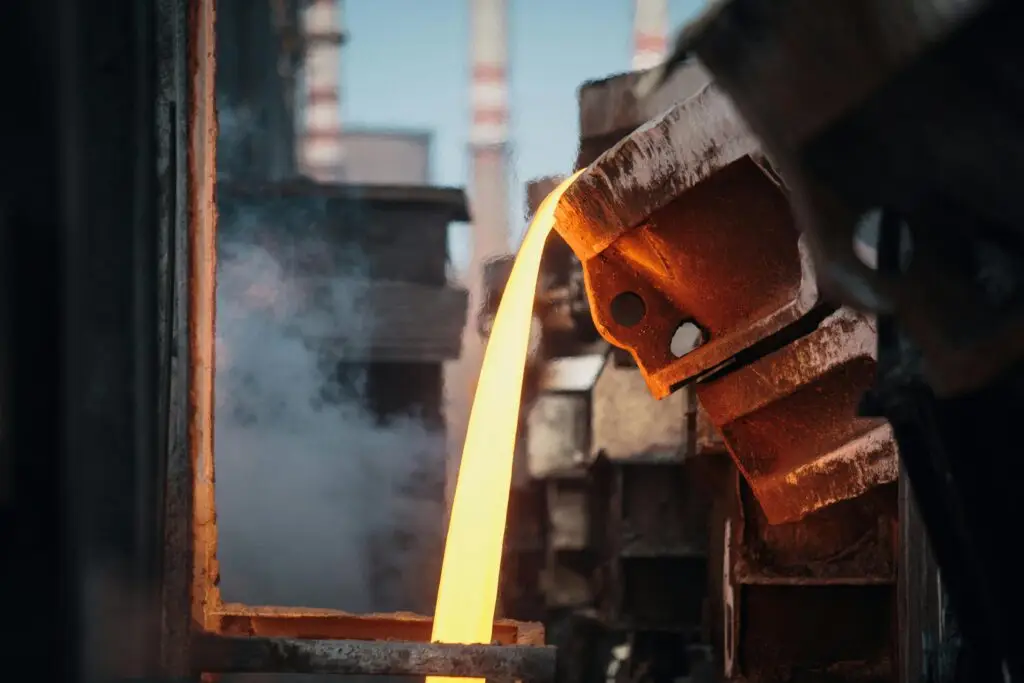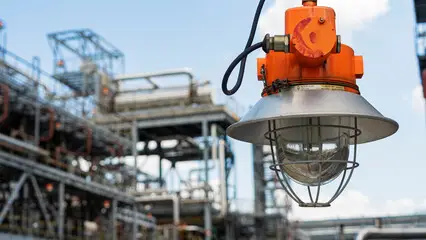DIY Tips for Installing UL-Listed Hazardous Lights
Introduction
Installing lighting in hazardous environments is a task that demands precision, compliance, and technical expertise. In commercial and industrial settings where flammable gases, vapors, or combustible dust are present, UL-listed hazardous location lights are crucial for ensuring safety and regulatory compliance. While many installations are best handled by licensed professionals, understanding the DIY process and best practices for such environments can help facilities managers and maintenance personnel oversee safe installations.
This guide provides expert-level tips for installing UL-listed hazardous lights, including key requirements from UL certifications, NEC compliance guidelines, explosion-proof ratings, voltage specifications, and installation strategies that prioritize safety.
1. Understanding Hazardous Location Lighting Standards
What Are UL-Listed Hazardous Lights?
UL-listed hazardous location lighting refers to fixtures tested and certified by Underwriters Laboratories (UL) for safe use in classified hazardous environments. Common standards include:
- UL 844: Covers luminaires used in hazardous (classified) locations as defined by the National Electrical Code (NEC).
- UL 1598A: Applies to marine and wet location lighting, often overlapping with hazardous area requirements.
- UL 1203: Focuses on explosion-proof and dust-ignition-proof electrical equipment.
NEC Article 500-506 Compliance
The NEC (NFPA 70) defines hazardous areas by class, division, and group:
- Class I: Flammable gases or vapors (e.g., oil refineries).
- Class II: Combustible dust (e.g., grain silos).
- Class III: Ignitable fibers and flyings (e.g., textile mills).
Each class is further divided into Division 1 (frequent exposure) and Division 2 (infrequent exposure), with specific lighting requirements for each.
2. Choosing the Right Hazardous Light Fixture
Key Factors in Fixture Selection
When selecting hazardous lights, consider:
- Class, Division, and Group ratings that match the site’s hazard classification.
- Temperature codes (T-codes) indicating the maximum surface temperature of the fixture.
- IP (Ingress Protection) ratings to ensure resistance to dust and water.
- Voltage rating compatibility with the facility’s electrical system (e.g., 120V, 277V, or 480V).
Explosion-Proof vs. Dust-Ignition-Proof Fixtures
- Explosion-proof fixtures are designed to contain any sparks or flames internally and prevent ignition of surrounding gases.
- Dust-ignition-proof fixtures prevent the ingress of dust that could ignite from hot surfaces.
Use only fixtures that are explicitly UL-certified for hazardous environments and bear appropriate markings.
3. DIY Installation Guide: Best Practices
Step 1: Confirm Power Shutdown and Lockout/Tagout (LOTO)
- Always de-energize the circuit at the breaker panel.
- Follow OSHA-compliant LOTO procedures to prevent accidental re-energization.
Step 2: Verify Environmental Ratings
- Check the location’s NEC classification.
- Confirm that the selected fixture matches the hazard class, division, and temperature code.
Step 3: Use Approved Conduits and Sealing Fittings
- For Class I areas, use rigid metal conduit (RMC) with explosion-proof sealing fittings.
- Install a seal fitting within 18 inches of the enclosure as per NEC 501.15.
Step 4: Proper Grounding and Bonding
- Ground all fixtures according to NEC Article 250.
- Ensure continuity of grounding conductors and use corrosion-resistant hardware.
Step 5: Install the Fixture
- Mount securely to a junction box rated for the same hazard classification.
- Use non-sparking tools to avoid accidental ignition.
- Torque fittings and fasteners to the manufacturer’s specifications.
Step 6: Conduct Post-Installation Inspection
- Test for continuity and insulation resistance.
- Inspect all seals, fittings, and connections for tightness and integrity.
- Ensure the fixture label is visible and legible for inspection purposes.
4. Common DIY Mistakes and How to Avoid Them
1. Installing Incorrect Fixture Types
Never substitute a standard fixture for a hazardous-rated one, even if it appears similar. This can lead to catastrophic failures.
2. Ignoring Temperature Ratings
Failing to match the fixture’s temperature code to the area’s ignition temperature can result in dangerous overheating.
3. Inadequate Sealing of Conduits
Neglecting to install seal fittings correctly can allow vapors to migrate and accumulate in conduits.
4. Improper Grounding
Lack of proper bonding and grounding can lead to shock hazards and equipment failure.
5. Maintenance and Periodic Inspection Tips
- Inspect fixtures regularly for corrosion, seal integrity, and mechanical damage.
- Ensure that lenses and housings are free of cracks.
- Check torque on external fasteners and seals.
- Clean dust and debris build-up that may impair heat dissipation.
Follow the manufacturer’s maintenance recommendations and document all inspections for compliance audits.
6. Future Trends in Hazardous Lighting Technology
Smart Hazardous Lighting
- Integration with IoT sensors for real-time monitoring of temperature, humidity, and vibration.
- Wireless control and diagnostics in explosion-proof enclosures.
Improved Energy Efficiency
- Adoption of high-lumen, low-wattage LED technology.
- Fixtures with multi-voltage input (120-277V or 347-480V) to reduce SKU complexity.
Advanced Materials and Sealing
- Use of corrosion-resistant alloys and nano-coatings for improved durability.
- Factory-sealed options to reduce field labor and error potential.
Conclusion
Installing UL-listed hazardous lights requires meticulous attention to industry regulations, environmental ratings, and electrical safety standards. While DIY installations are possible in some facilities under supervision, it is critical to use the right fixtures, conduit systems, and sealing methods to protect personnel and property.
By following NEC guidelines, selecting appropriately certified fixtures, and avoiding common pitfalls, you can ensure a safe and compliant lighting installation. As technology advances, expect to see more intelligent, energy-efficient, and durable lighting solutions for hazardous environments that align with evolving safety and sustainability goals.


